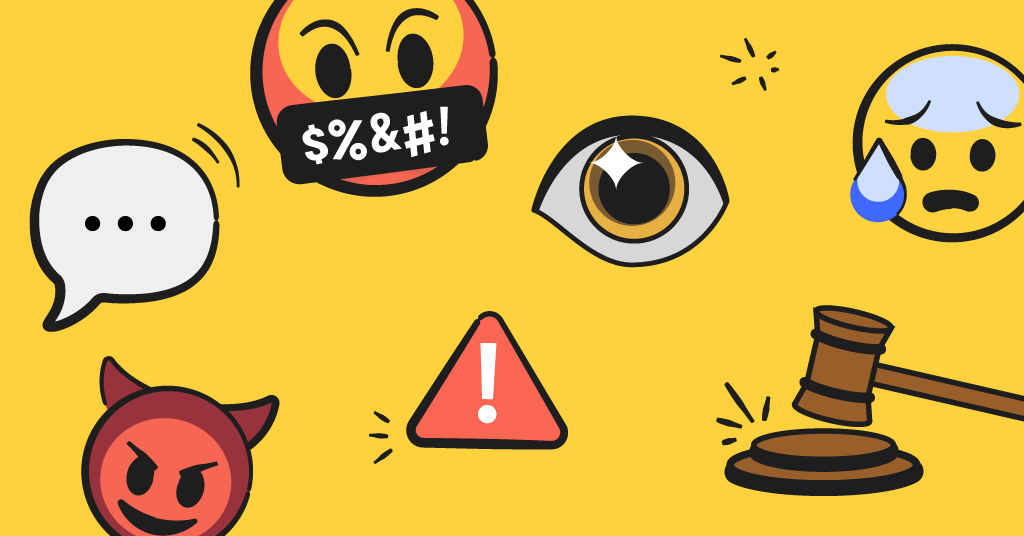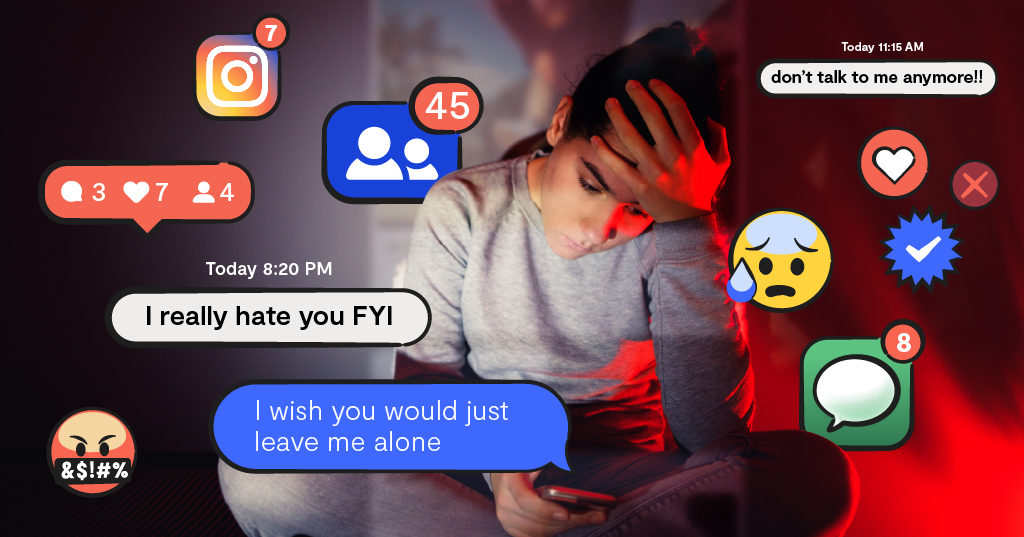
**This blog post was updated on December 1, 2023.**
The simple act of going to school can be stressful if kids are worried about bullying — it's super scary! And it can be hard to know if your child is experiencing just normal childhood teasing or real-life bullying. Bullying is unwanted behavior, often constant, and includes a power imbalance. It's when teasing becomes harmful and hurtful, is of a threatening or negative nature, and is intentionally done. In this post, we'll dive into the signs of bullying so you can know what to look for.
Signs of Bullying to Watch Out For
There are signs you can watch for when your child goes back to school to spot if they are bullied. If you have concerns, ask open-ended questions. Talk to your kids about what's going on at school. Some kids may be afraid to speak up. Remind your kids that bullying is never okay, and it's never their fault. Bullying signs to look for include
Avoidance of school and faking sickness
Younger children may experience anxiety as a headache or stomachache. Be sure to check with a physician to rule out any medical issues.
Change in mood or behavior
This includes different sleeping or eating habits, which can be a sign of severe anxiety about going to school. Declining grades or acting withdrawn after coming home from school are also signs that they may be experiencing bullying.
Damaged or missing items
This may be a sign that a bully is taking things from them or damaging their property.
A sudden loss of friends or anti-social behavior.
Bullying can include purposeful exclusion of another child. A sudden loss of a group of friends may be because of bullying by members of a particular friend group.
Unexplained injuries
Talk to your child about any injuries they receive at school. Most injuries might be explained by playing games or sports, but if your child has a lot of unexplained injuries they could be being physically bullied.
Signs Your Child May Be Bullying
Some parents may also be worried that their kid may be the onedoing the bullying. In general, boys are more apt to physically bully other kids and girls are more likely to verbally bully or cyberbully another kid — but not always. Here are some warning signs to look out for:
- Increased aggression
- Excludes other kids frequently
- Seems intolerant of other children who are different or less popular.
- Frequently teases other kids and does not stop when asked
- Comes home from school with extra money or new items. This may be a sign that they are taking things from other children at school
What to Do If Your Child Is Being Bullied
First, take the issue of bullying seriously and assure your child it's not their fault. This will help your child feel supported, and it lets them know they are not alone. Listen calmly and ask questions so you can figure out what is really going on. It can be a challenge, but keeping your own emotions in check may help a child feel more comfortable in discussing the issue. Work together on deciding what is the best way to handle the situation to make the bullying stop.
Tell your child they can report a bullying incident to a trusted adult such as a teacher, yourself, or a police officer. Reassure your child that seeking help for being bullied is not tattling, it is getting appropriate help for the situation. They also may be able to use the buddy system in walking to school or to lunch to avoid the bullying situation. There is power and safety in numbers.
Keep the Lines of Communication Open
Involve your child's school if they're experiencing physical violence as a result of bullying at school. Many children believe that getting other people involved will only increase the bullying, but it's not always the case. Tell your children that speaking out stops bullying. Explain bullying incidents need to be reported to the school and that you will be there to support them through the process. A quick response to early incidents can help curb the bullying. Depending on the severity of the violence, it may also be necessary to bring in law enforcement. In this case, if any cyberbullying has occurred, it’s important to keep copies of these messages to share with anyone assigned to handle your case. By being aware of the bullying signs and talking openly with your children, you can help prevent bullying and support your child in dealing with any instances of bullying they may experience.
Keep the lines of communication open with your children and expect you may have to have more than one conversation. Building your child’s self-esteem through encouragement and reminding them that they don'thave to put up with physical, emotional, verbal, or sexual behavior. Parental involvement is key as it gives children a support system and an advocate for their well-being.
Read more
Bark helps families manage and protect their children’s digital lives.





